Mastering Color Theory for Hairstylists | A Comprehensive Refresher Course
Introduction: Why Mastering Color Theory is Non-Negotiable
In the dynamic world of cosmetology, trends come and go, but the foundational principles remain constant. For any professional colorist, the most critical of these is a profound understanding of color theory for hairstylists. It's the silent language behind every stunning balayage, every perfect platinum, and every seamless color correction. While many learn the basics in cosmetology school, the true masters of the craft are those who continuously revisit and deepen their knowledge. This isn't just about mixing A and B to get C; it's about understanding the why behind the formula. It’s the art and science that separates a good stylist from a truly exceptional one, empowering them to solve complex color challenges with confidence and creativity.
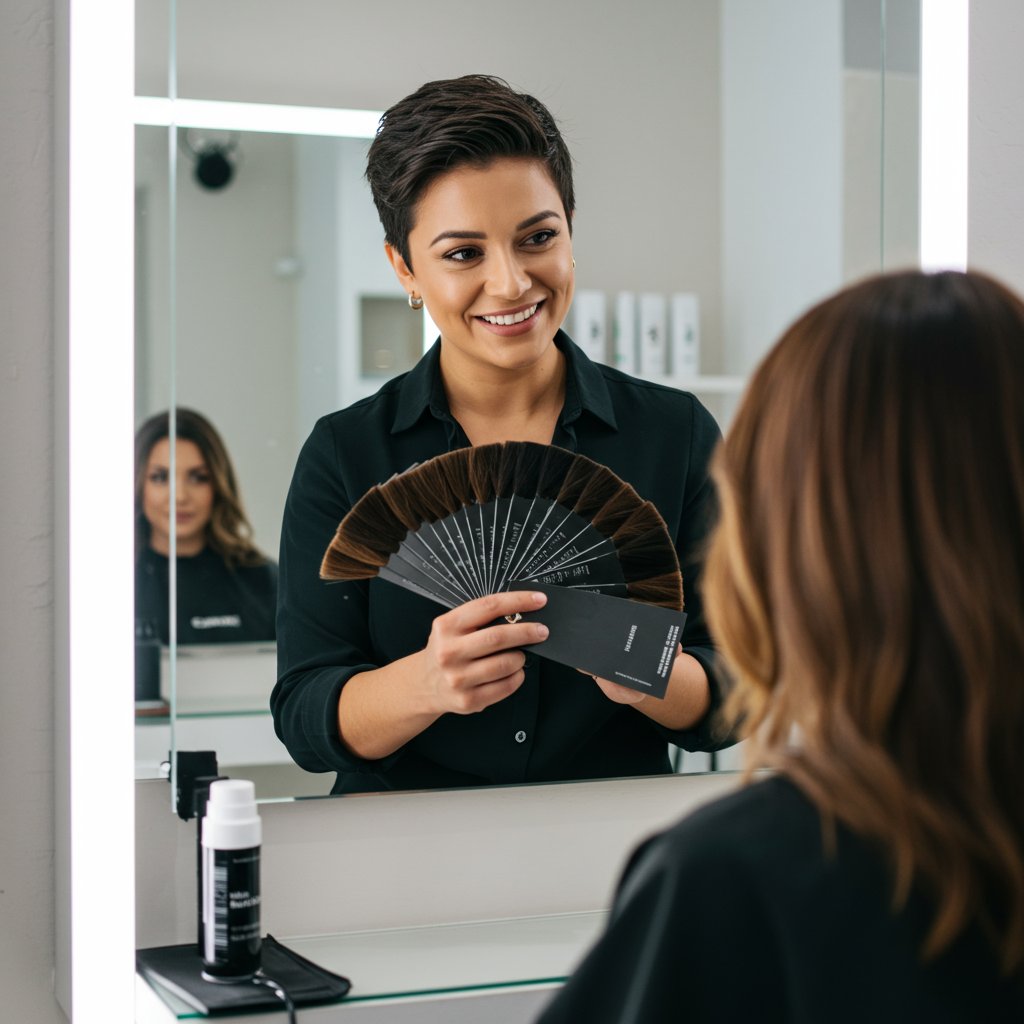
This comprehensive refresher course is designed for new and seasoned stylists alike. We'll strip away the complexities and get back to the core principles that govern every color service you perform. From the fundamental structure of the color wheel to the intricate science of underlying pigments and advanced formulation strategies, this guide will serve as your go-to resource. A solid grasp of color theory doesn't just prevent mistakes; it unlocks a new level of artistic freedom, allowing you to predict outcomes accurately, customize formulas for each unique client, and build a reputation for delivering consistently beautiful, bespoke hair color. Let's dive back into the spectrum and sharpen the most powerful tool in your kit: your knowledge.
The Foundation: Deconstructing the Hairstylist's Color Wheel
The color wheel is the undisputed cornerstone of color theory for hairstylists. It’s more than just a rainbow in a circle; it’s a map that guides every formulation, toning, and color correction service. Understanding its structure is the first step toward predictable, beautiful results. At its heart are the three primary colors: Red, Yellow, and Blue. These are pure colors that cannot be created by mixing others. They are the building blocks from which all other colors are derived. For hairstylists, these primary colors are present in varying concentrations in all artificial hair dyes, and understanding their power is fundamental.
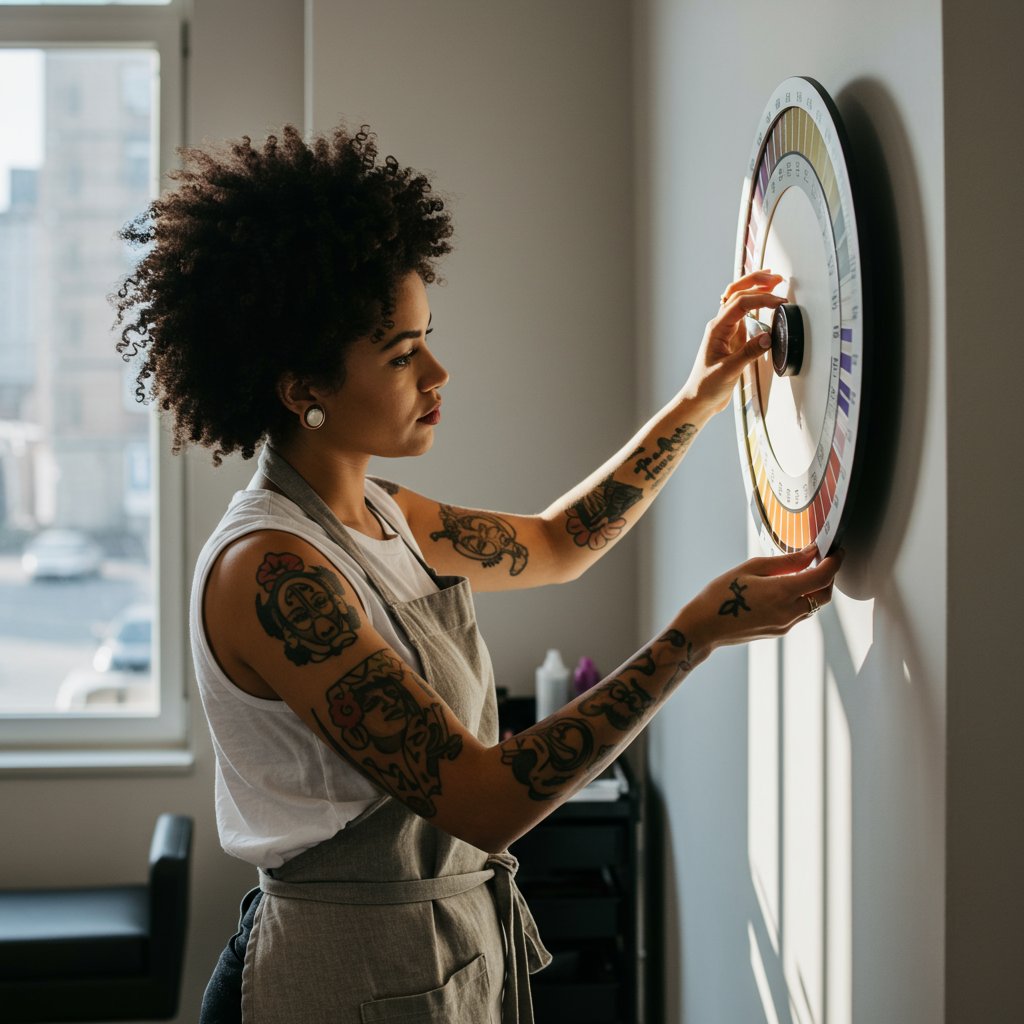
From these primaries, we derive the secondary colors by mixing two primaries in equal parts: Green (Blue + Yellow), Orange (Red + Yellow), and Violet (Blue + Red). These colors sit between the primaries on the wheel and play a crucial role in neutralization, which we'll explore later. The final layer is the tertiary colors, created by mixing a primary color with an adjacent secondary color. These are the nuanced shades like blue-violet, red-orange, or yellow-green. They provide the subtle shifts in tone that create sophisticated, dimensional hair color. A stylist who can mentally navigate the relationships between these twelve core colors can instantly identify the solution to a color problem, whether it's an unwanted brassy tone or a desired vibrant hue.
Warm vs. Cool Tones
The color wheel is visually and conceptually split into two halves: warm and cool. Warm colors—reds, oranges, and yellows—are often described as fiery, sunny, and vibrant. They tend to advance and can make hair appear richer and more luminous. Cool colors—blues, greens, and violets—are associated with ice, water, and sky. They recede and are essential for creating ashy, smoky, and neutral tones. Recognizing a client's skin undertone and helping them choose between warm and cool hair colors is a key consultation skill. Furthermore, understanding this division is critical for formulation. To create a cool-toned blonde, a stylist must use a violet or blue base to counteract the natural warm yellow that appears during lifting.The Language of Color: Hue, Value (Level), and Intensity
To speak fluently about color, stylists must understand its three key dimensions: Hue, Value, and Intensity. These terms provide a precise vocabulary to describe and formulate color accurately. Hue is the simplest of the three; it's essentially the name of the color itself. Red, blue-violet, and yellow-orange are all hues. It identifies a specific color on the color wheel and is the first piece of information you consider when looking at a swatch or formulating a toner. It answers the question, "What color family are we working with?"
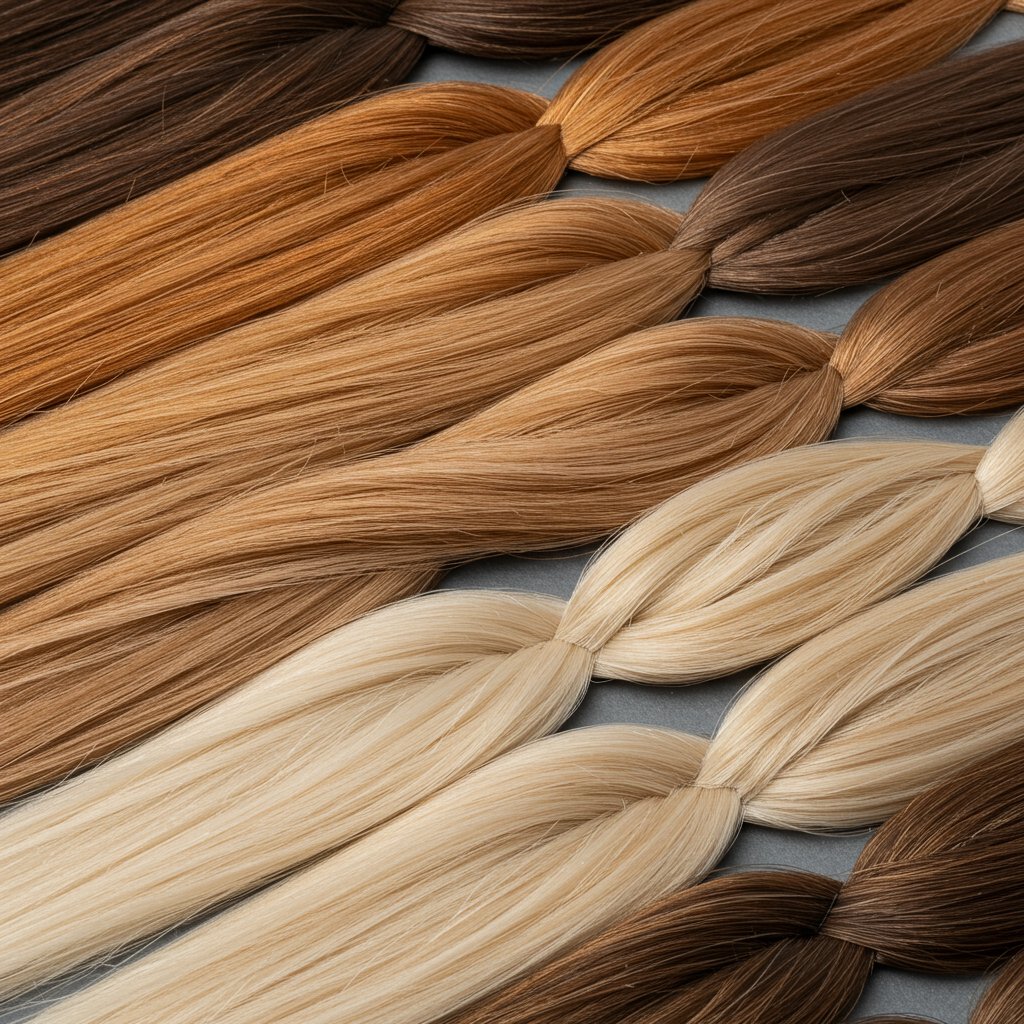
Value, in the world of hair color, is synonymous with the Level System. It describes the lightness or darkness of a color. This is universally measured on a scale from 1 (black) to 10 (lightest blonde), with some brands extending to 11 or 12 for high-lift blondes. Accurately identifying a client’s natural level is one of the most critical steps in any color service. Misjudging the starting level can lead to results that are too dark, too light, or expose unwanted undertones. The level system is the foundation of every formula, dictating the strength of the developer needed and the amount of lift required to reach the desired outcome. It provides the roadmap for how far you need to travel from the client's current state to their goal.
Finally, Intensity (also known as chroma or saturation) refers to the brightness or dullness of a hue. A high-intensity color is vivid, pure, and strong, like a fire-engine red. A low-intensity color is softer, more muted, and may appear closer to neutral, like a dusty rose or a soft copper. In hair color formulation, intensity is controlled by adding neutral tones (browns, beiges, or grays) to a formula or by the concentration of the pure tone itself. Understanding intensity allows a stylist to create everything from bold, head-turning fashion colors to subtle, natural-looking enhancements, tailoring the vibrancy of the final result to the client’s personality and preference.
The Law of Color: Neutralization and Color Correction
This is where color theory for hairstylists transitions from theoretical to practical magic. The Law of Color states that when two complementary colors—colors directly opposite each other on the color wheel—are mixed in equal proportions, they neutralize each other to create a neutral brown, gray, or black. This principle is the secret behind every successful toning and color correction service. A stylist's ability to identify an unwanted tone and select its exact opposite is what separates a disastrous outcome from a beautiful one. For example, yellow and violet are complements. When hair is lifted to a pale yellow (level 9 or 10), applying a violet-based toner will cancel out the unwanted yellow, resulting in a clean, neutral, or platinum blonde.
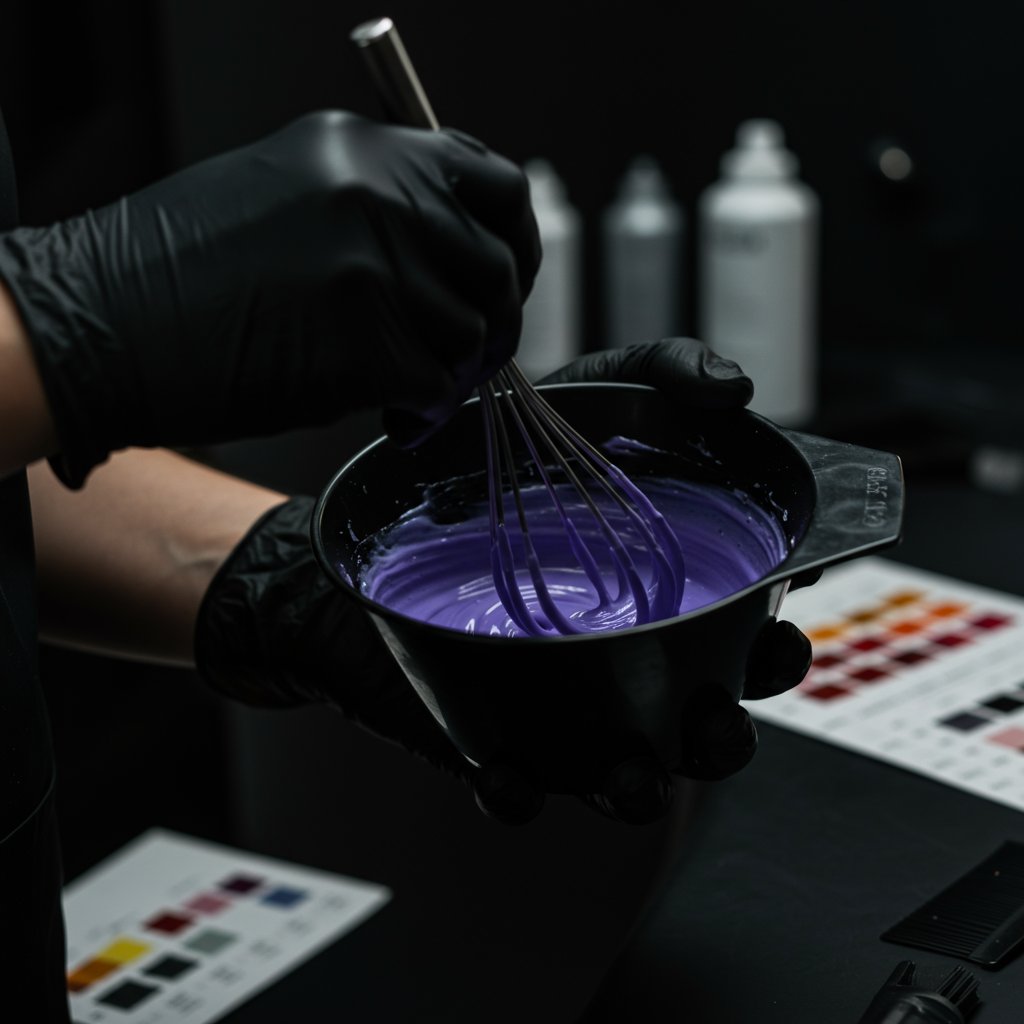
This principle applies across the spectrum. Unwanted orange tones, often seen when lifting dark hair to a medium blonde (levels 6-8), are neutralized by their complement, blue. This is why many toning products for brunettes transitioning to blonde have a blue base. Similarly, unwanted red tones (levels 4-5) are cancelled out by green. This knowledge is indispensable when a client comes in with a color mishap. Seeing green tones in blonde hair? The immediate thought should be its complement: red. A light red or pink-based toner or even a simple ketchup mask in a pinch can neutralize the green. Mastering these complementary pairs (Yellow/Violet, Orange/Blue, Red/Green) provides a powerful toolkit for problem-solving.
Beyond simple toning, neutralization is key in complex color corrections. Imagine a client who wants to go from a vibrant red to a neutral brown. Simply placing a brown color over the red will likely result in a very warm, reddish-brown. A savvy colorist knows they must first neutralize the red. By adding a green-based additive or choosing a brown formula with a green base, they can cancel out the underlying red pigment, achieving a true, balanced neutral brown. This predictive power, based on the simple law of color, is what allows experienced stylists to tackle any color challenge with confidence and precision.
Unmasking Undertones: The Science of Underlying Pigment
One of the most frequent and frustrating challenges in hair coloring is the appearance of unwanted warmth. This is not a mistake; it's a predictable scientific reality governed by the hair's natural underlying pigment. Every hair color, from the darkest black to the lightest natural blonde, contains a combination of melanin pigments. When you lift hair with lightener or color, you are not simply depositing a new shade; you are exposing these natural underlying tones. This exposed warmth is often called the Natural Remaining Pigment (NRP) or the underlying pigment.
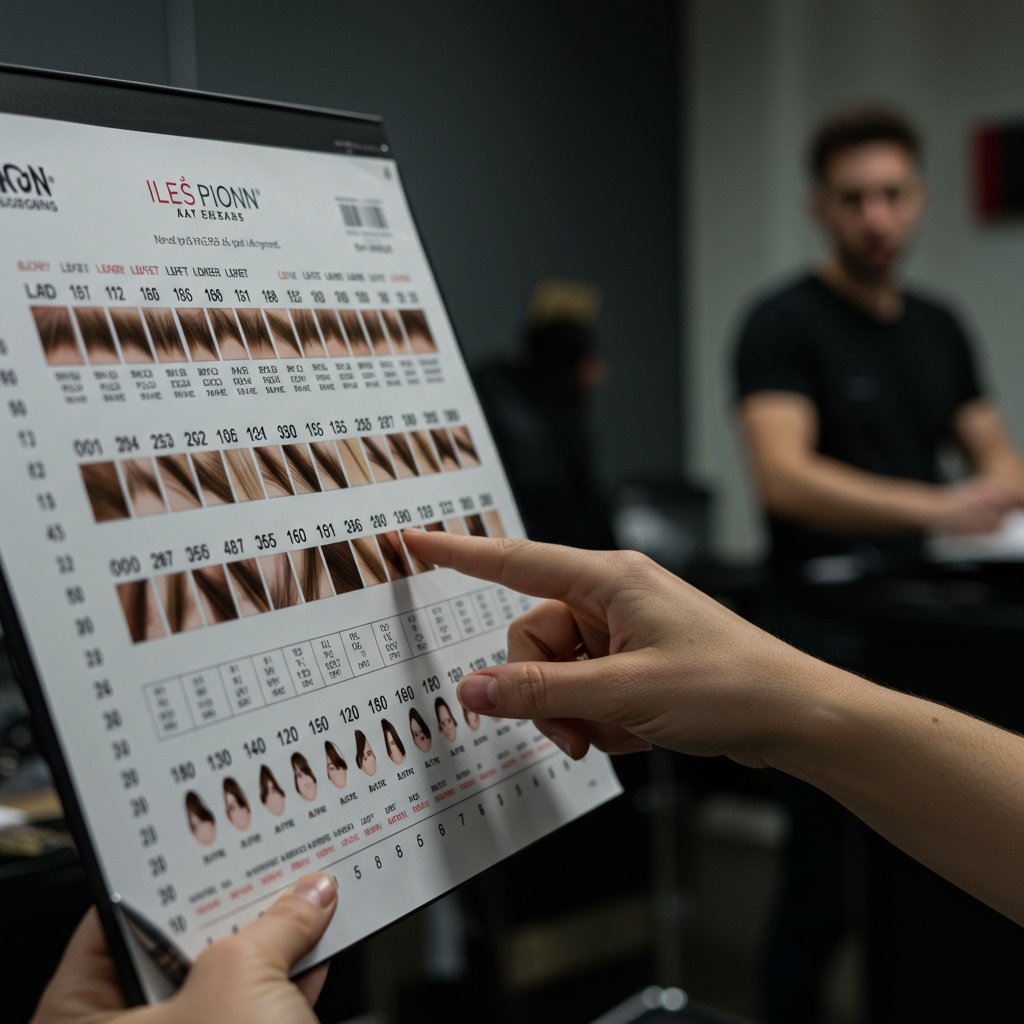
The journey of lifting hair follows a consistent path of warmth exposure. Darkest hair (levels 1-4) will first expose a deep red undertone. As you lift higher into the medium brown and dark blonde range (levels 5-7), you will expose red-orange and then bright orange undertones. Lifting further into the blonde ranges (levels 8-10) reveals orange-yellow, then yellow, and finally a pale yellow undertone at the lightest level. A deep understanding of this progression is non-negotiable for any colorist. It explains why brunettes often struggle with "brassy" hair when going lighter—they are simply seeing the natural orange or red-orange pigments that were always present in their hair.
Knowing the underlying pigment at every level is the key to correct formulation. Your chosen color formula must not only achieve the desired level but also neutralize the warmth that will be exposed at that level. For example, if you are lifting a client from a natural level 5 to a neutral level 7, you know you will be exposing a significant amount of orange pigment. Therefore, your level 7 formula must contain a blue base (the complement of orange) to counteract that brassiness and achieve a true neutral result. This proactive approach to formulation, anticipating and neutralizing the NRP before it becomes a problem, is the hallmark of an expert colorist.
Formulating with Confidence: The Hair Color Level System in Practice
With a firm grasp of the color wheel and underlying pigments, we can now apply this knowledge to practical formulation using the hair color level system. This system, typically a 1-10 scale, is the universal language of hair color that allows stylists to communicate and formulate with consistency. The process always begins with a thorough consultation and analysis. The first step is to accurately determine the client's natural level. This is best done by holding a swatch from a level finder up to the client's unprocessed root hair in natural light.
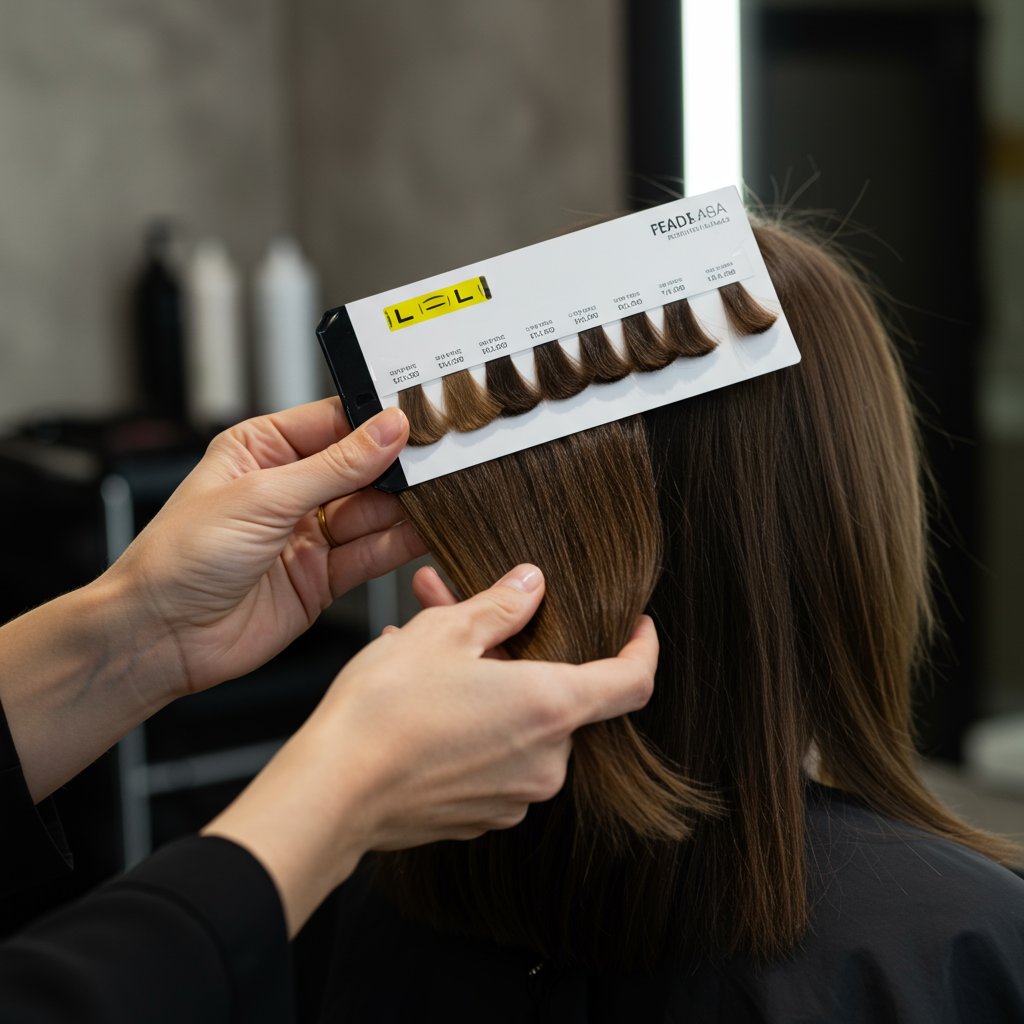
Once the starting level is identified, the next step is to determine the target level. The difference between these two numbers dictates the entire process. Are you lifting, depositing, or staying at the same level? This decision directly influences your choice of developer (peroxide). A 10-volume developer provides minimal lift and is primarily for depositing color. A 20-volume developer is the standard, providing 1-2 levels of lift and optimal gray coverage. A 30-volume developer offers 2-3 levels of lift, while a 40-volume developer provides the maximum lift of 3-4 levels and should be used with caution. The choice of developer is just as important as the choice of color; using the wrong one can lead to scalp irritation, hair damage, or a color result that is off-level.
Finally, you combine this information with your knowledge of tone. Let's walk through an example. A client is a natural Level 6 with mousy, neutral hair. She wants to be a warm, golden Level 8 blonde. You need two levels of lift, so a 20 or 30-volume developer is appropriate. You know that lifting a Level 6 will expose yellow-orange underlying pigment. Since the client desires a warm golden blonde, you don't need to fully neutralize this warmth. Instead, you might choose a Level 8 color with a gold base (8G) to enhance the warmth, or a neutral base (8N) to control it slightly while still allowing some warmth to come through. If she wanted a cool ash blonde (8A), you would need a formula with a blue/violet base to completely neutralize the yellow-orange undertone. Every formula is a deliberate calculation: Starting Level + Target Level + Desired Tone (considering the NRP) = Perfect Hair Color.
Advanced Color Theory: Dimensional Color and Creative Applications
Once you have mastered the fundamentals, you can begin to apply color theory for hairstylists in more artistic and complex ways to create truly bespoke, dimensional looks. Modern hair color is rarely a single, flat shade. Clients desire movement, depth, and a natural-looking grow-out. This is achieved by using multiple formulas and strategic placement, all guided by color theory. Techniques like balayage, foilyage, and color melting rely on a sophisticated understanding of how different colors will interact and blend together.
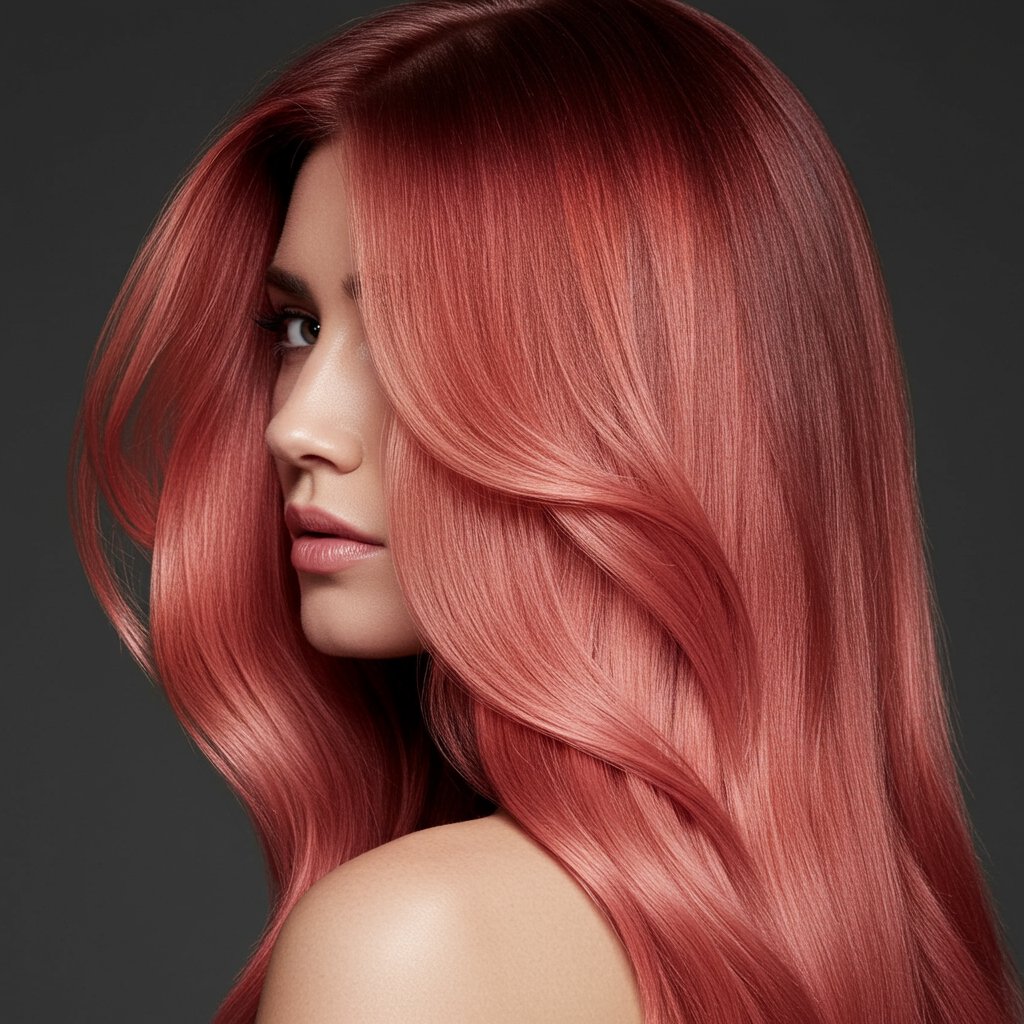
For instance, in a root shadow or color melt, a stylist might use a darker, cooler tone at the root that seamlessly transitions into lighter, warmer ends. The key is selecting formulas that have a harmonious relationship. Using analogous colors (colors next to each other on the color wheel, like a copper and a gold) can create a soft, blended, and natural-looking gradient. When creating high-contrast looks, a stylist must consider how the different levels and tones will live next to each other. A dark, ashy root next to a platinum blonde end creates a dramatic and beautiful effect because the cool tones in both formulas relate to each other, even with the vast difference in level.
Working with vivid and fashion colors is another area where advanced color theory shines. These services require the hair to be pre-lightened to a clean, pale yellow canvas (Level 9 or 10) for the truest expression of the color. A stylist must understand that putting a blue dye over yellow hair will result in a greenish tint. To achieve a pure blue, the underlying yellow must be neutralized to white first. Furthermore, creating custom pastel or vivid shades involves direct mixing, just like a painter's palette. Mixing a pink and a small amount of violet creates a lovely magenta. Adding a clear diluter to a vibrant purple creates a soft lavender. This level of creativity is only possible with a rock-solid foundation in primary colors and color mixing principles.
Pro Tips for Flawless Color Application
Beyond the core principles, several practical habits can elevate your color results from good to great. These tips, rooted in the science of hair and color, ensure consistency and protect hair integrity.

- Always Perform a Strand Test: This is non-negotiable, especially for new clients or major color changes. It reveals how the hair will lift, the final color result, and the hair's integrity, preventing widespread disasters.
- Consider Hair Porosity: Porous hair (often damaged, bleached, or fine) grabs color more quickly and can go darker or ashier than intended. You may need to formulate a level lighter or use a warmer tone on porous ends to match the healthier root area.
- Keep Detailed Client Records: Document everything: natural level, formulas used (including developer volume), placement techniques, and processing time. This creates a repeatable result for future appointments and a valuable reference for adjustments.
- Formulate on Dry Hair: Hair color can appear darker when wet, leading to an inaccurate assessment of the natural level. Always analyze and formulate on clean, dry hair for the most accurate starting point.
- Understand the 'Fill' Process: When taking a client from light back to dark (e.g., blonde to brunette), you cannot simply apply a brown color. The hair lacks the underlying warm pigments (red, orange, yellow) that were removed during lightening. You must first 'fill' the hair by applying a color with these warm tones (like a copper or red) before applying the target brown shade. Skipping this step will result in a muddy, greenish, or hollow-looking brown.
Frequently Asked Questions (FAQ)
Q1: What is the most common mistake stylists make with color theory?
A common mistake is misidentifying the client's natural level and, consequently, underestimating the amount of underlying warmth that will be exposed. This often leads to results that are too warm or "brassy." Taking an extra minute to accurately assess the starting point with a level finder in good lighting can prevent this.Q2: How do I fix hair that has turned green?
Hair typically turns green for two reasons: a blonde swimming in a chlorinated pool, or an ash-based color being applied to overly porous, light hair. The fix is based on the color wheel. The opposite of green is red. For a minor green tint, a clarifying shampoo followed by a red-pigmented conditioner or even a temporary rinse with diluted red food coloring can work. For a more significant color correction in the salon, a very light red or pink-based gloss or toner will neutralize the green instantly.Q3: What is the difference between tone and level?
Level refers to the lightness or darkness of the hair, measured on a scale of 1-10. Tone (or hue) refers to the specific character of the color at that level—is it warm (golden, copper), cool (ashy, violet), or neutral? For example, a 7G (Golden Blonde) and a 7A (Ash Blonde) are the same level (dark blonde) but have completely different tones.Q4: Why did my client's hair turn orange instead of blonde?
This happens when the hair was not lifted enough to bypass the orange stage of underlying pigment. Darker hair (levels 2-6) has a strong red and orange undertone. To achieve a clean blonde, the hair must be lifted past the orange stage (level 7) into the yellow stage (level 8 and higher). If the lifting process is stopped too soon, the result will be orange. The solution is to either lift the hair further or apply a blue-based toner to neutralize the orange.Q5: Can I mix different color lines?
While it is technically possible, it is generally not recommended by manufacturers. Each color line is formulated with a specific dye system and developer chemistry. Mixing brands can lead to unpredictable results, incorrect pH balance, and may even cause a negative chemical reaction. For consistent and reliable outcomes, it's always best to use the corresponding developer and additives from a single brand for your formula.Conclusion: The Lifelong Journey of a Color Master
Returning to the fundamentals of color theory for hairstylists is not a step back; it's a powerful leap forward in your professional journey. These principles are not rigid rules but a flexible framework that empowers you to create, correct, and customize with unparalleled confidence. From the foundational color wheel to the complexities of underlying pigments and advanced formulation, a deep understanding of this science is what transforms you from a technician who applies color into an artist who designs it. The most successful and respected colorists are those who remain perpetual students, constantly curious and committed to mastering their craft.
Embrace these principles in every consultation and formulation. Let the color wheel guide your corrections and the level system inform your strategy. By doing so, you will not only deliver more beautiful and consistent results but also build deeper trust with your clients, solidifying your reputation as a true expert in the art of hair color. The journey of a color master is one of lifelong learning, and your dedication to that education is the most vibrant color you can add to your career.


